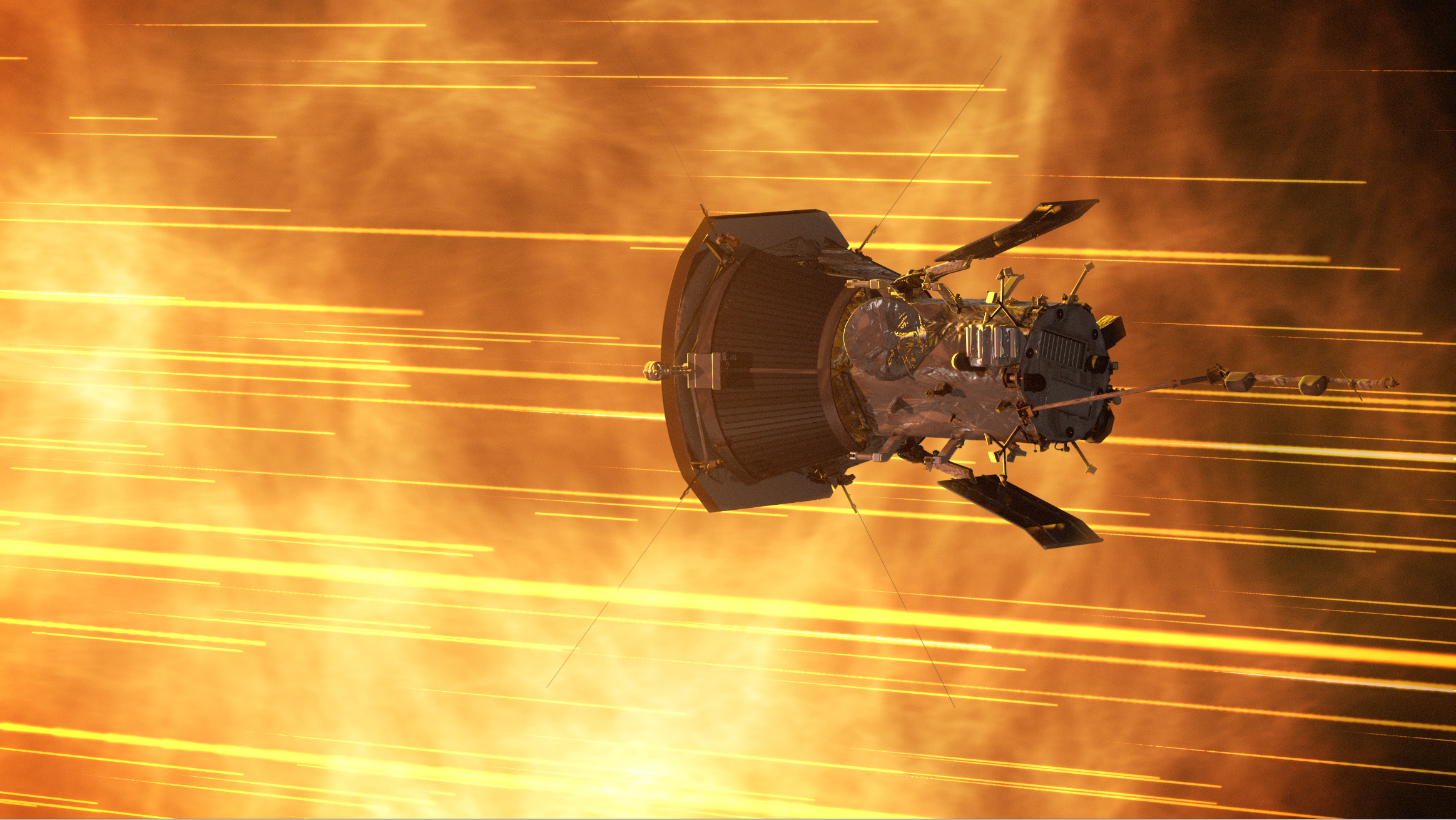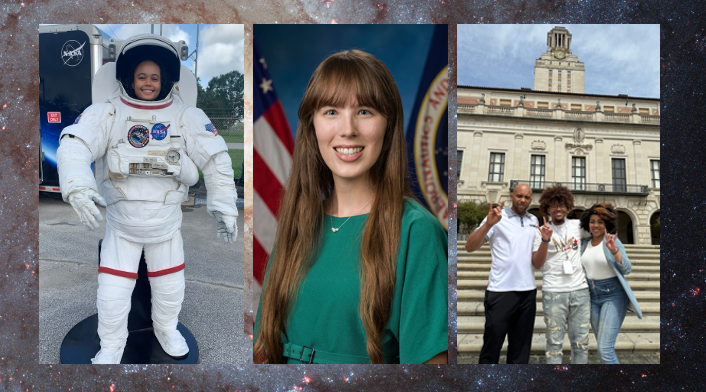Gaseous swirls of hydrogen, sulfur, and hydrocarbons cradle a collection of infant stars in this composite image of the Orion Nebula, as seen by the Hubble Space Telescope and the Spitzer Space telescope. Together, the two telescopes expose carbon-rich molecules in the cosmic cloud of this star-formation factory located 1,500 light-years away.
Hubble’s ultraviolet and visible-light view reveal hydrogen and sulfur gas that have been heated and ionized by intense ultraviolet radiation from the massive stars, collectively known as the “Trapezium.” Meanwhile, Spitzer’s infrared view exposes carbon-rich molecules in the cloud. Together, the telescopes expose the stars in Orion as a rainbow of dots sprinkled throughout the image.
Image Credit: NASA/JPL-Caltech STScI





























